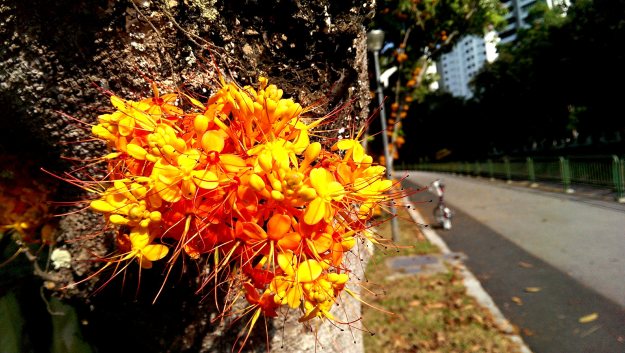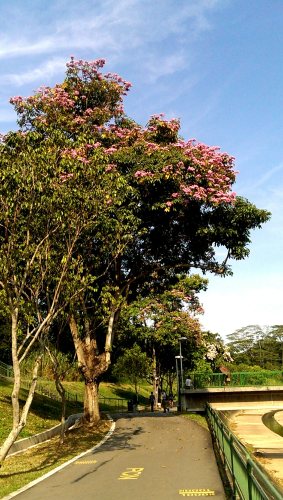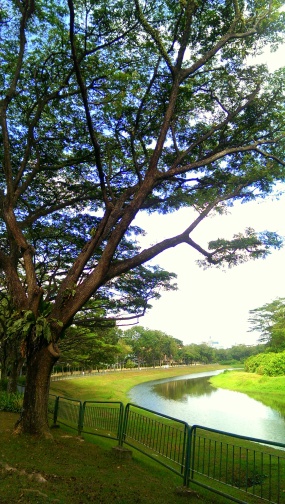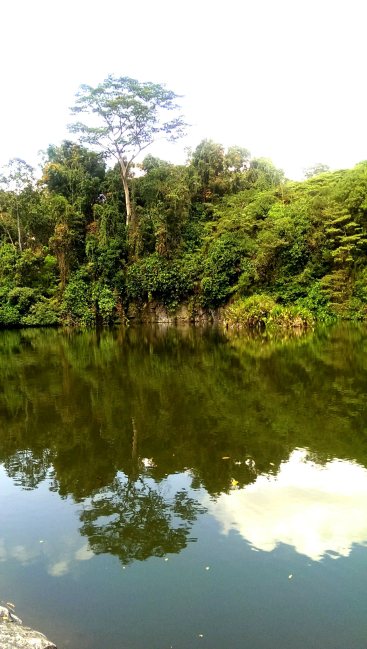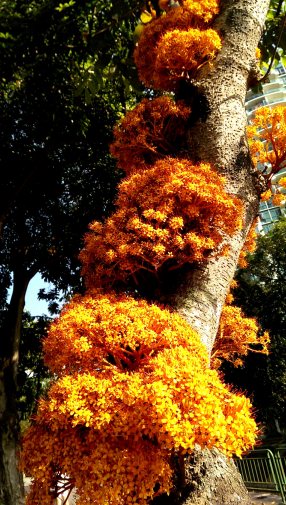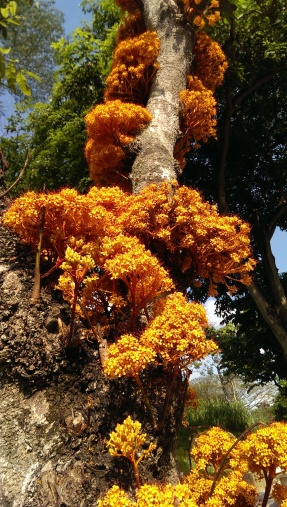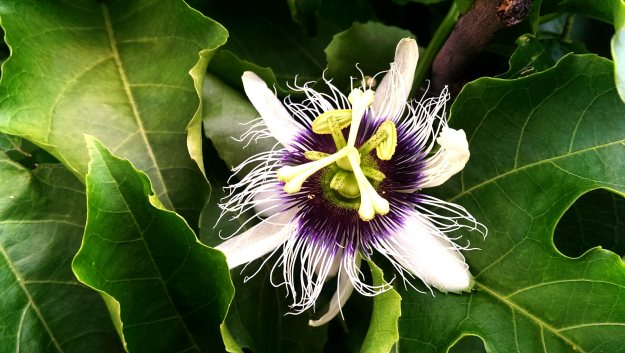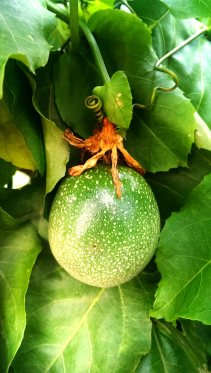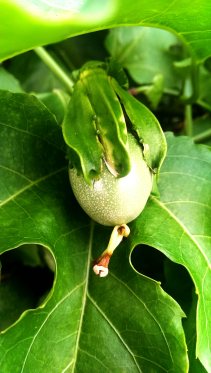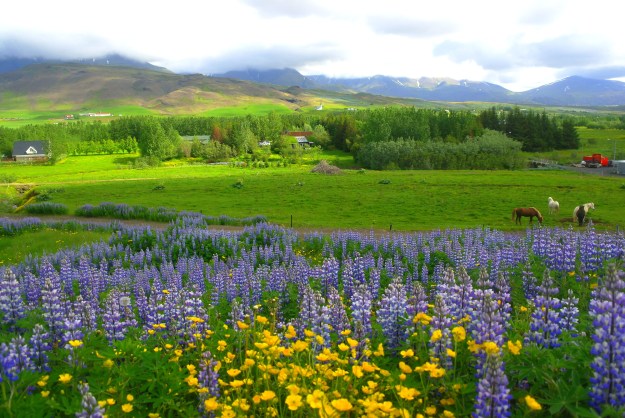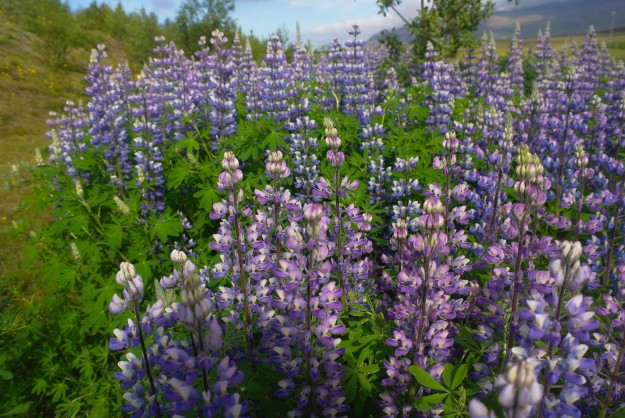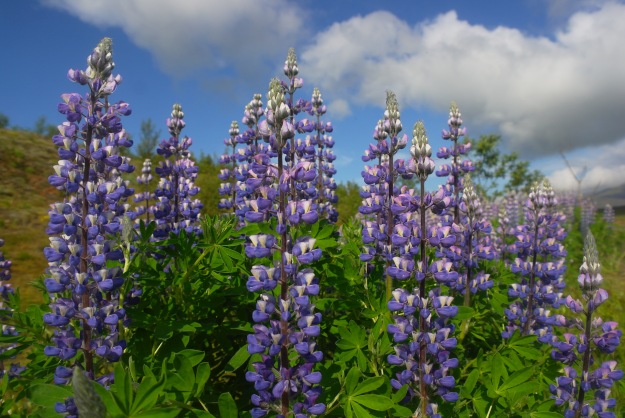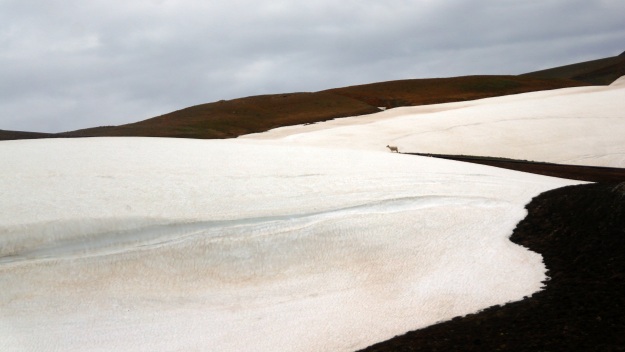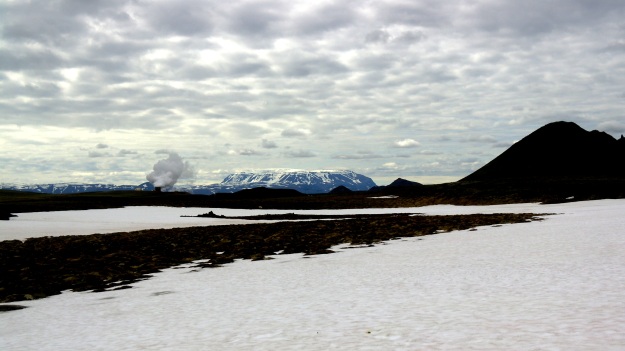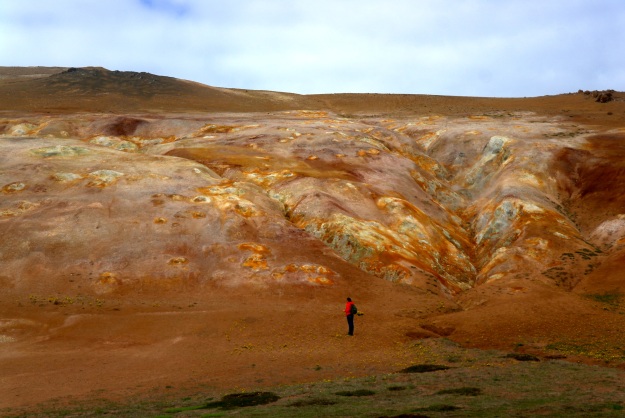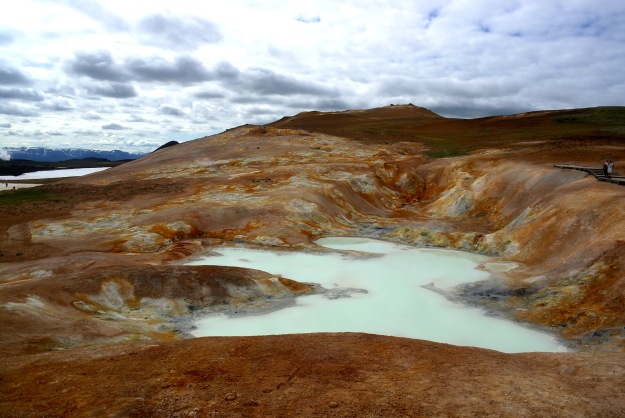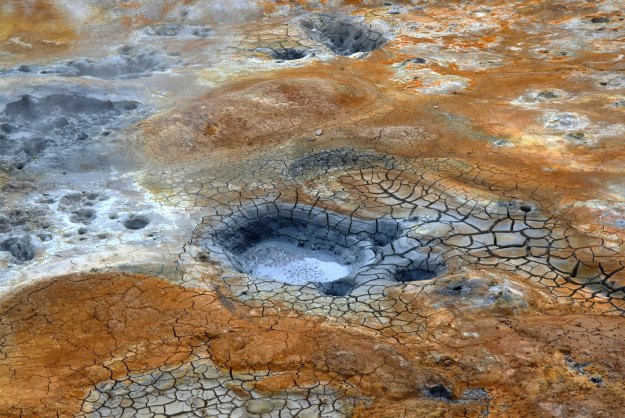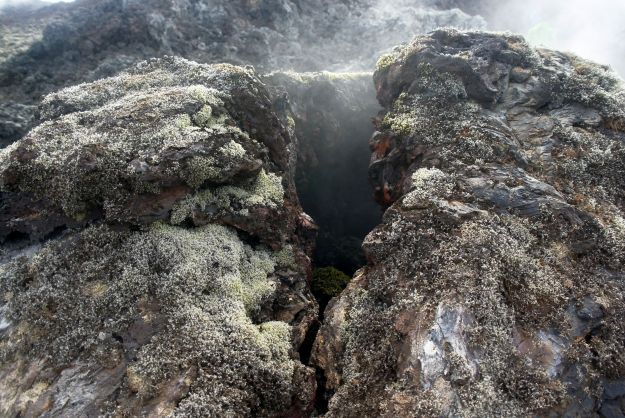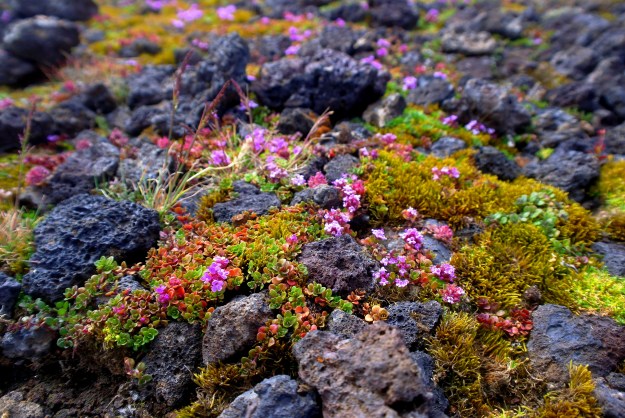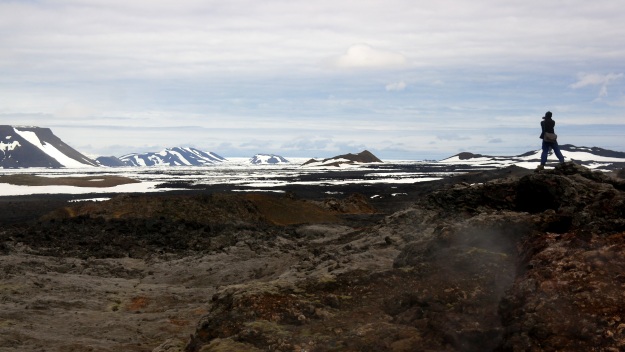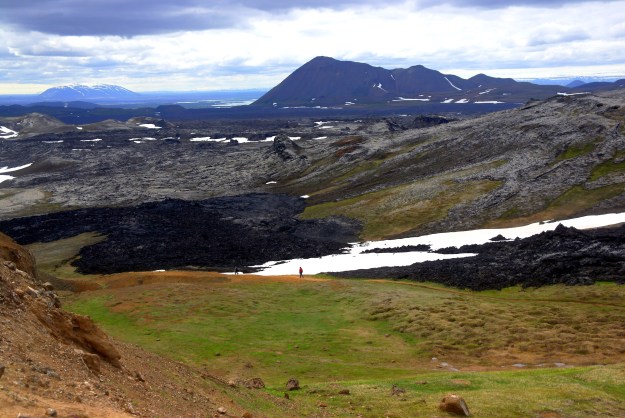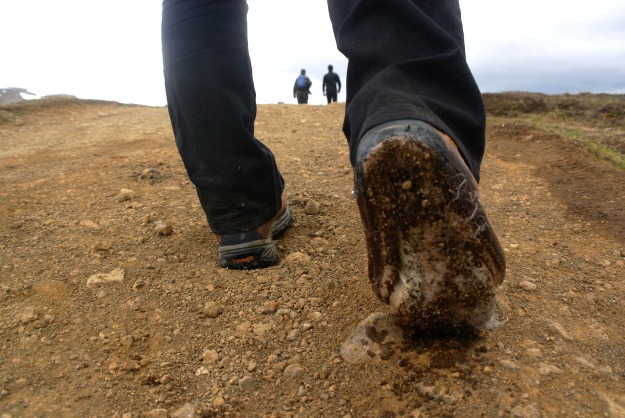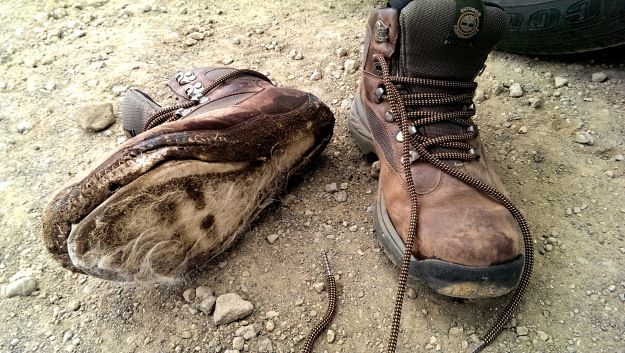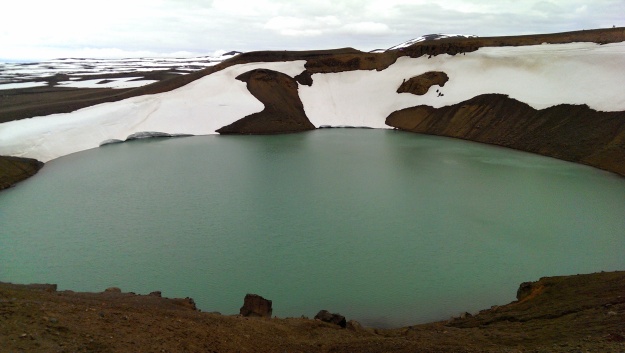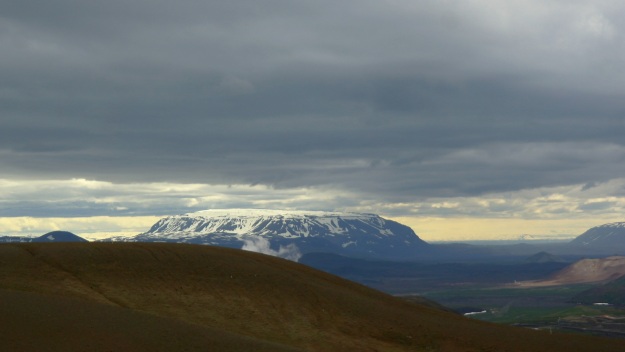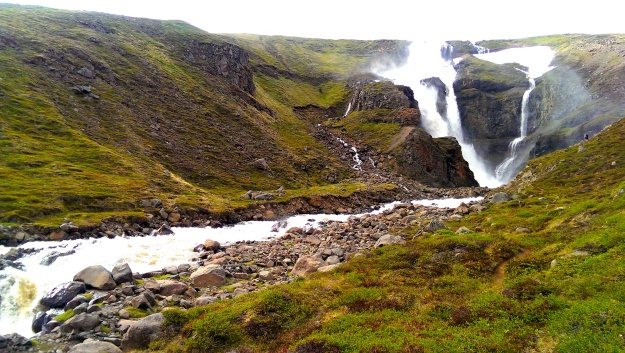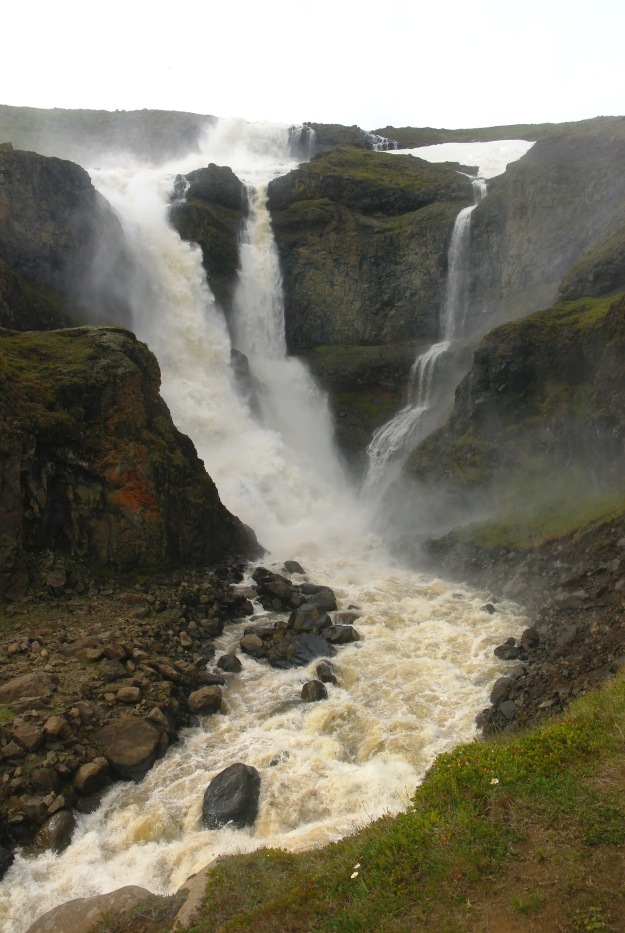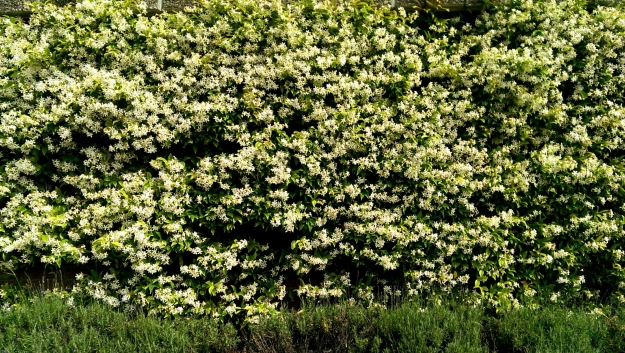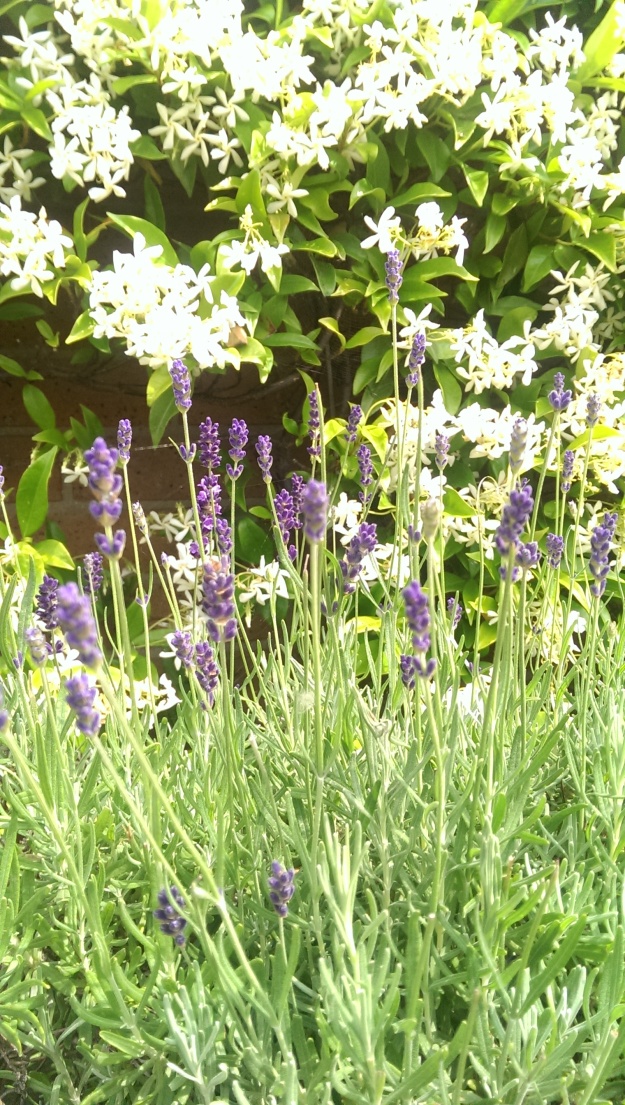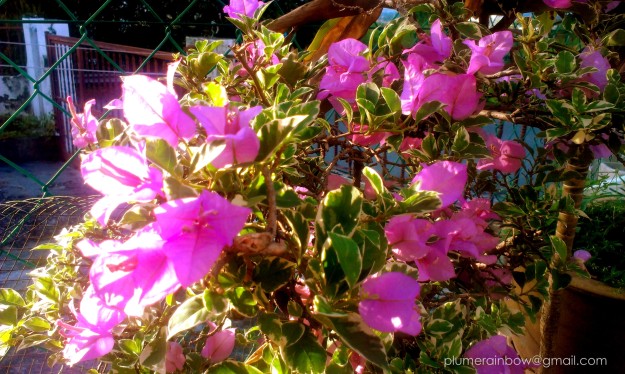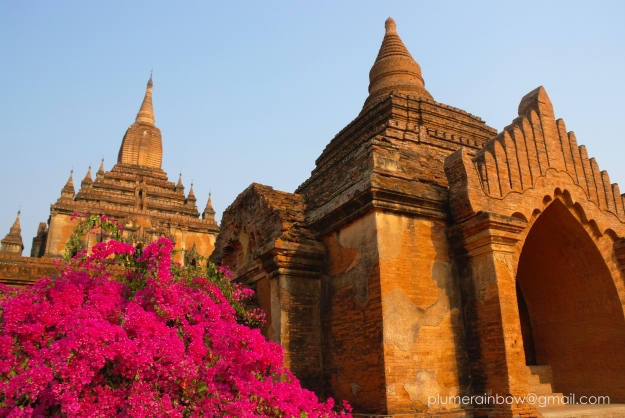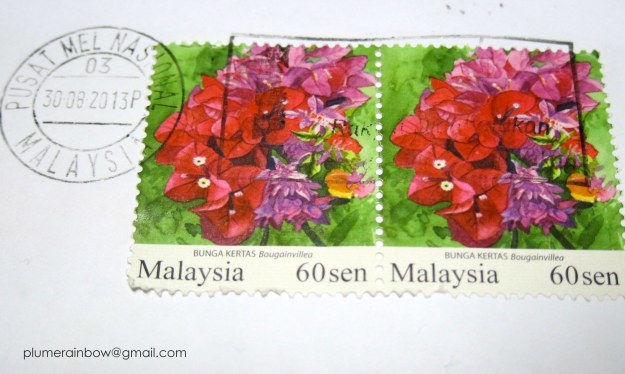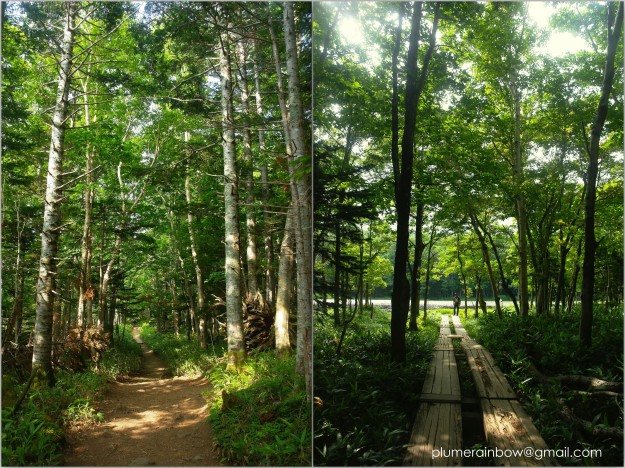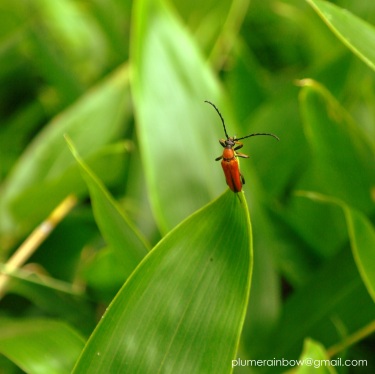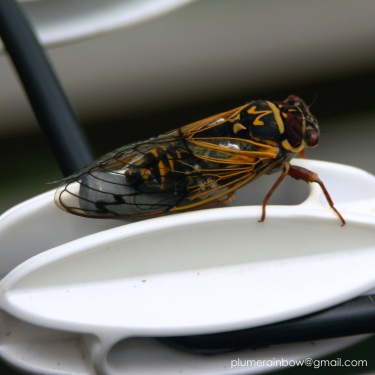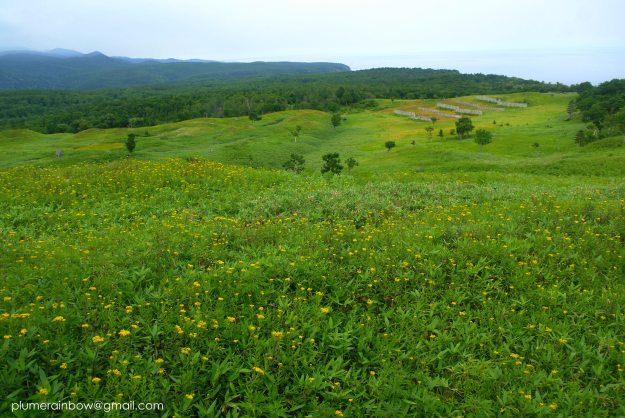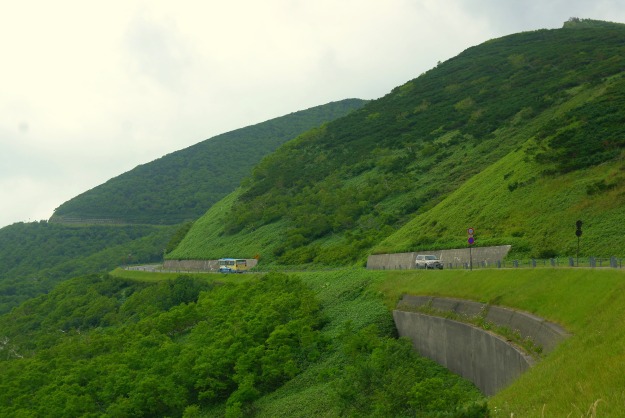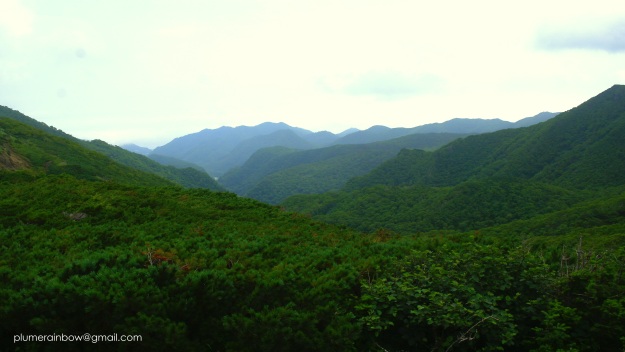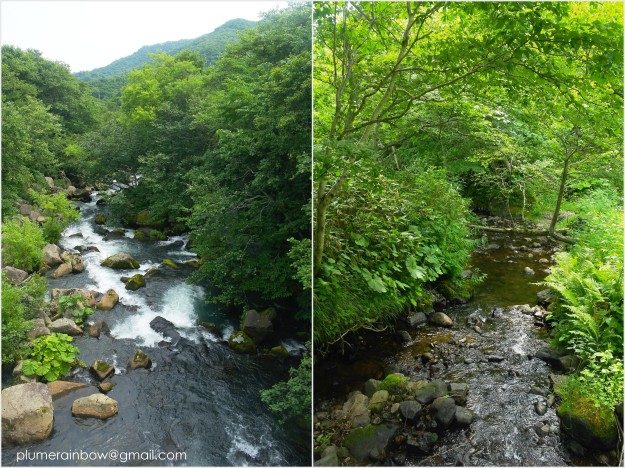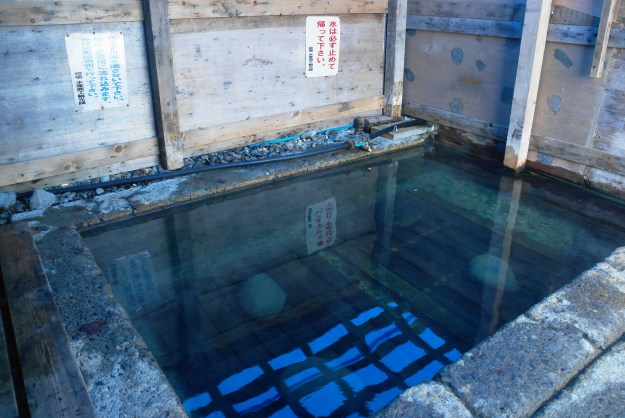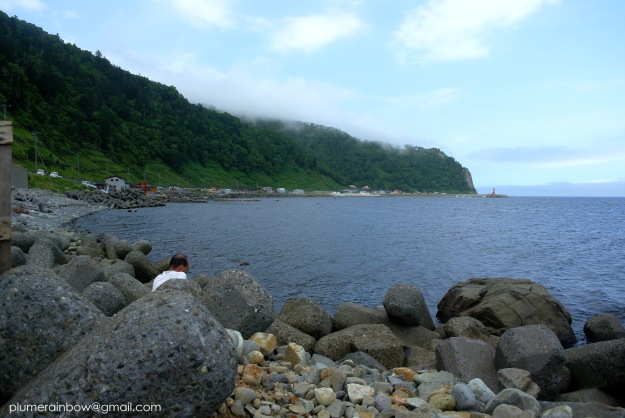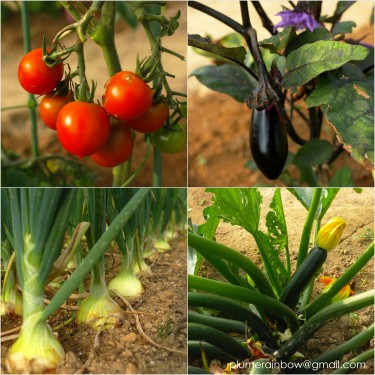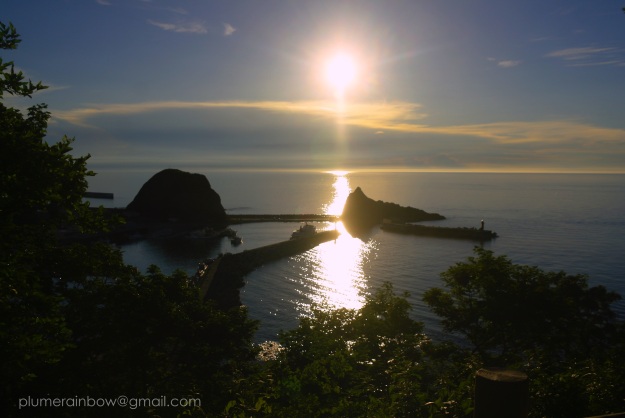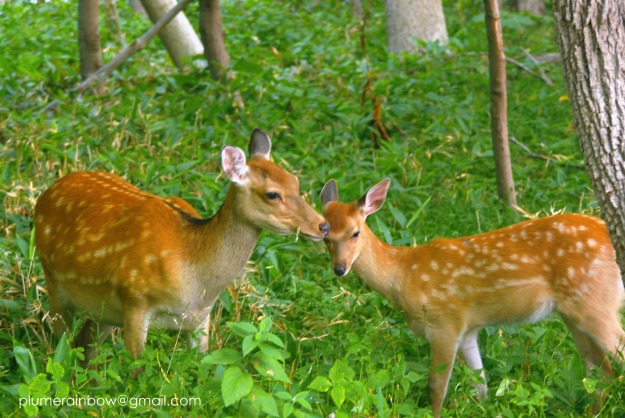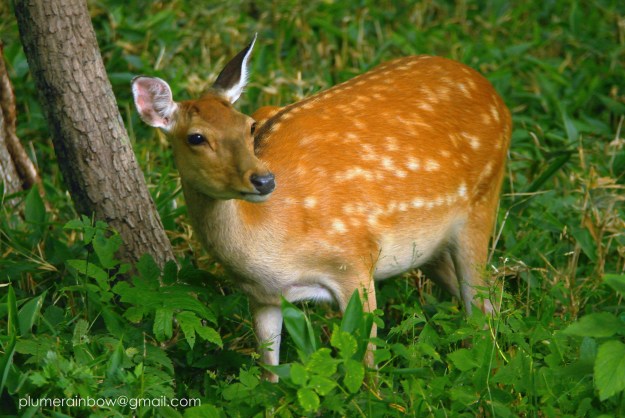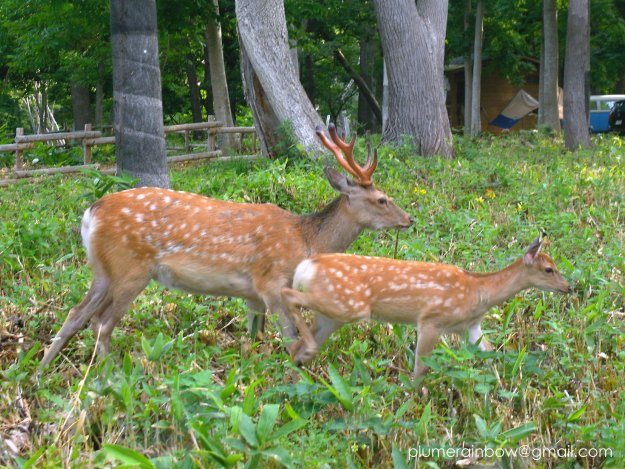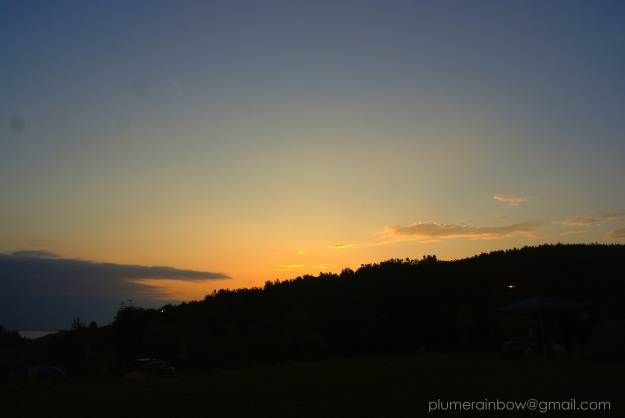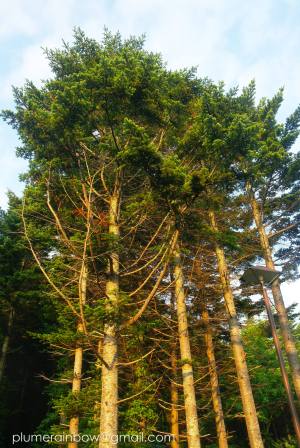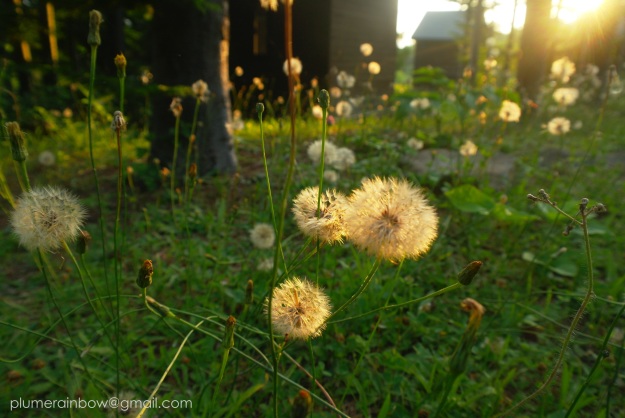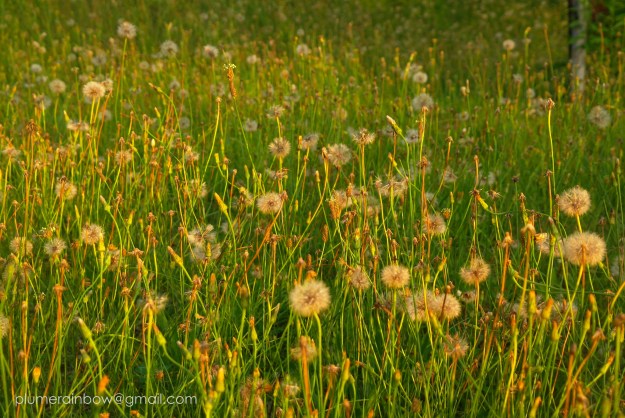Went back to Abashiri to return the car that we had been using for the past 2-3 days. Picked up another car that would eventually be returned at Asahikawa.
It’s been raining since the car climbed into the mountains towards the viewing point of Lake Kussharo. Added to that, it’s misty. At the Bihoro Pass viewing point, we COULD NOT SEE A THING. I had a deja vu moment – it reminds me of a trip eons ago to Croatia’s Pletvice national park in the middle of a cold December. I still have a photo of the thick mist (rather than the supposedly very beautiful lakes) to remind me of that gaffe. That’s a story for another day.
Meanwhile, driving down those winding roads in the mist and rain was tricky. Thankfully nothing happened. As the car descended, the mist at lower heights cleared and we caught a glimpse of Lake Kussharo and the island Naka-jima in the middle.
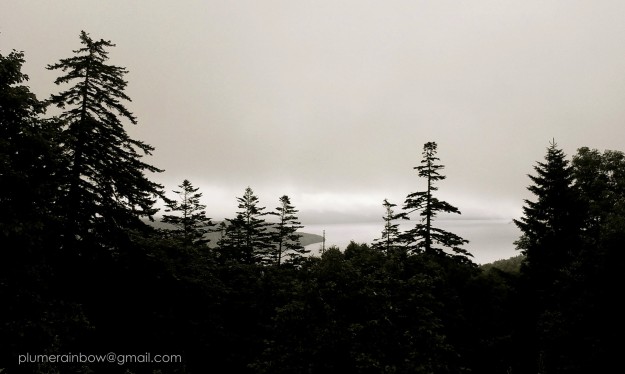
Unfortunately, no such luck for Lake Mashu which is reportedly the most beautiful lake in Japan. Again, it was too misty to see anything. [Days later I met a girl who was there just a few days before us – apparently it was clear and bright with two rainbows when she visited. Ah! Even the most beautiful places in the world can only be admired when it’s visible.]
Passed by yet another lake. This one looks very popular with Japanese holiday makers. Tents are set up with grills – more yaki. There’s even a thermal spring right by the lake.
Continued on the road. Reached Mount Sulphur – that’s my literal translation of its name. You can’t miss it even if you can’t smell the sulphur from a kilometre away: it’s a gaseous balding mountain with streaks of bright yellow, standing out oddly from the surrounding lush undulating mountains.
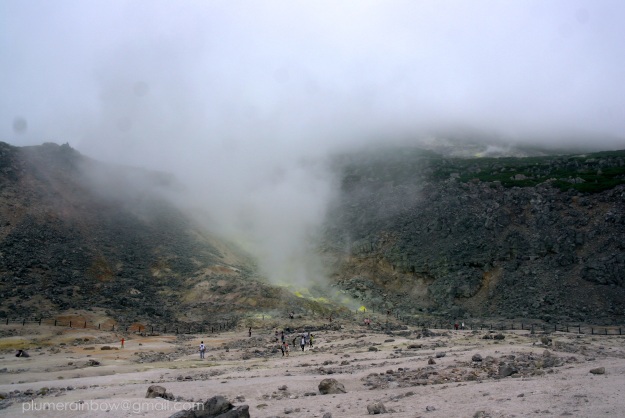
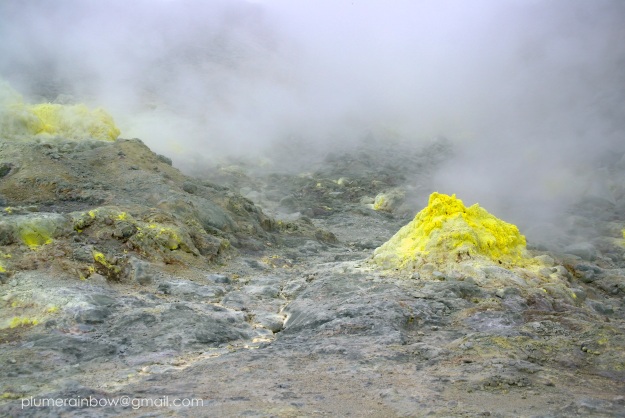
The earth is restless.
Car buddy says he’s hungry. Turned into a standalone restaurant parked with a lot of cars in Teshikaga (弟子屈). Little did we know, we stumbled upon a famous ramen shop that’s named after the town. It was full house. Waited for a while for bar seats. A bowl of hot noodles topped with crab meat (800 yen) is the perfect comfort food on a rainy day.
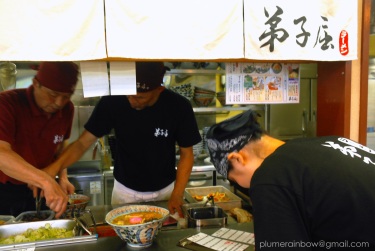
Finally we reached Lake Akan. I wasn’t really expecting to see a Shangri-La perched on the lake shore. Yet as touristy as the little town feels, there were very few people walking on the streets. Perhaps because of the rain. I couldn’t camp here as much as I wished to – quite apart from the fact that my tent is a bit battered (more parts broke over the past couple of days although not major), it is not completely water-proof. Checked into an inn with tatami rooms.
There isn’t really much to do in this town. Went to the so-called Ainu village, which is mainly an array of shops selling souvenirs. At the lobby of the cultural theatre there are some displays of embroidery which were mildly interesting. There is very little information of the anthropology of the Ainu people here, at least not in a language I could understand.
Went back to the inn, washed up and had a very long dinner. It was simple home-cooked food but there is a lot of variety and the portions are big. They kept bringing in more dishes.
After dinner we went to check out a photography exhibition. The photos were taken by an amateur photographer who lives around Lake Akan. The subjects revolve around the animals, plants and scenery of Lake Akan. Some of the photos are really good, and it prompted me into thinking how art exhibitions should place more focus on integration with, and be reflective of, the local community and its native surroundings, in contrast to importing famous pieces for temporary exhibitions.
However on this trip to Lake Akan, we were to see NONE of the animals that this man photographed. Not even a woodpecker.
You see, the rain continued the whole night. It was like a never ending affair. Although the skies cleared up a bit the next morning, it wasn’t the best of days. No sunny rays and cheery blue skies. Still, we had to take the obligatory cruise around the lake.
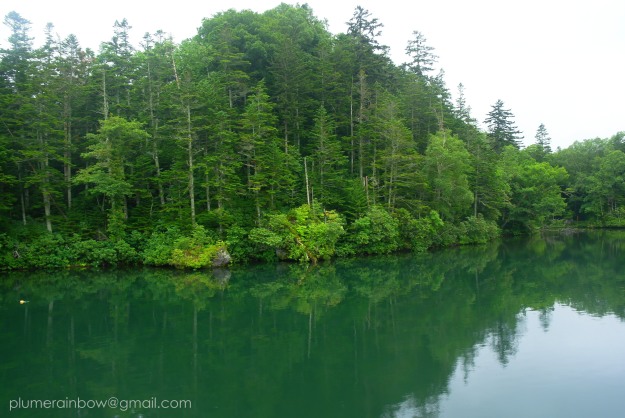
Saw some marimo – the cute moss balls that Lake Akan is famous for – in the visitor centre. Now instead of looking at it in an aquarium, wouldn’t it be cool if visitors could snorkel in the lake?
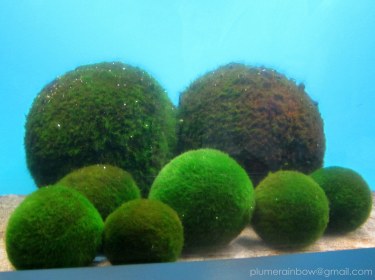
That’s all Lake Akan was for me.
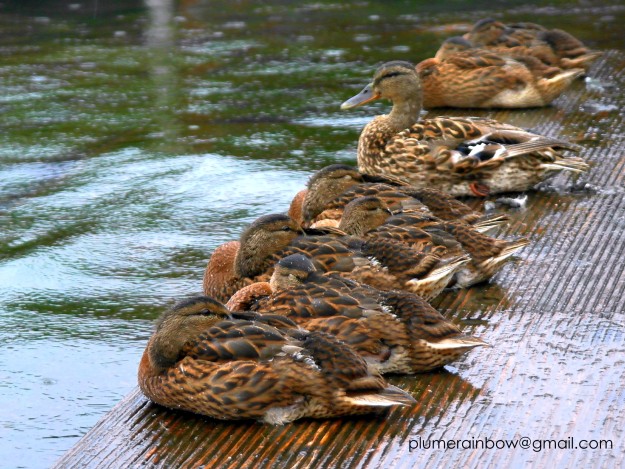
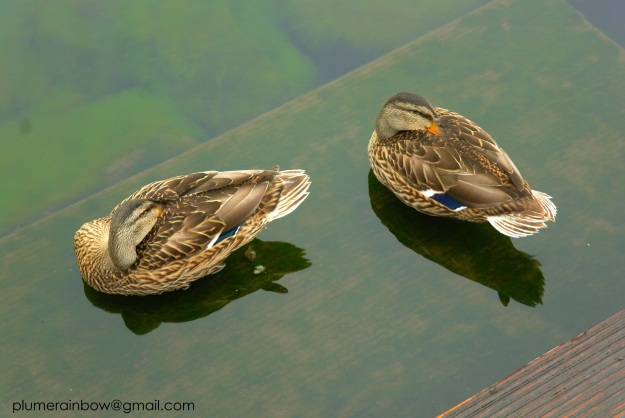
Sitting ducks. At Lake Akan.
I learned from car buddy about a movie that was filmed in Lake Akan. Maybe I will watch that film. Kind of like watching Master & Commander after a trip to the Galapagos perhaps?
Drove towards Daisetsuzan National Park via a small road and through this wonderful tree-lined stretch. I am still trying to recall the route number because this single lane road is an interesting departure from the usual national highways. Came upon this road courtesy of car buddy’s direction.
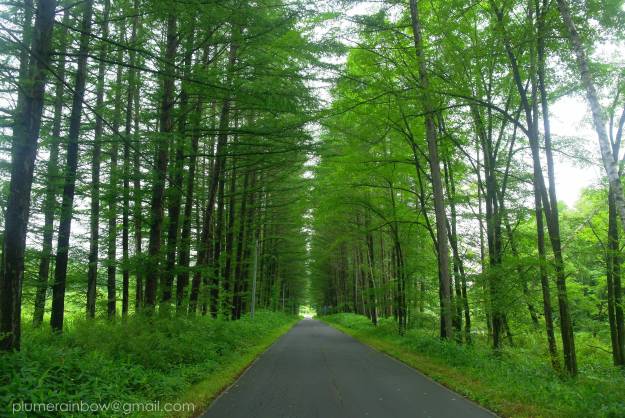
As we approach Daisetsuzan National Park, the skies are still overcast. Nonetheless there are beautiful stretches.
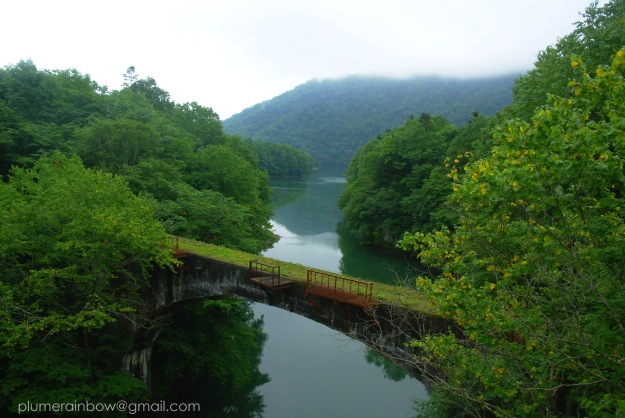
I’m bombarding readers with more photos of forests – can’t get enough of these sub-alpine forests.
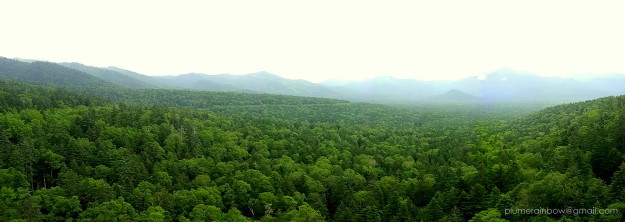
Here’s Mikuni Pass.
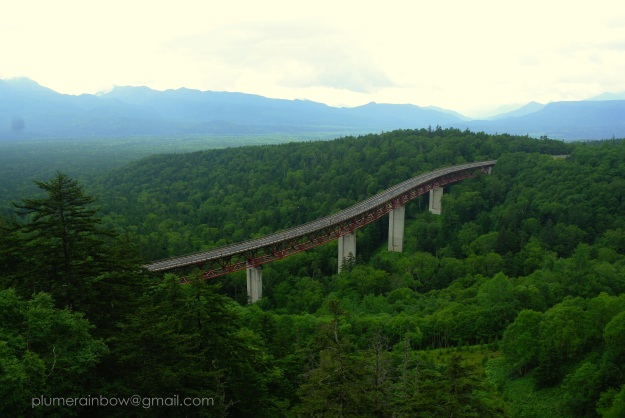
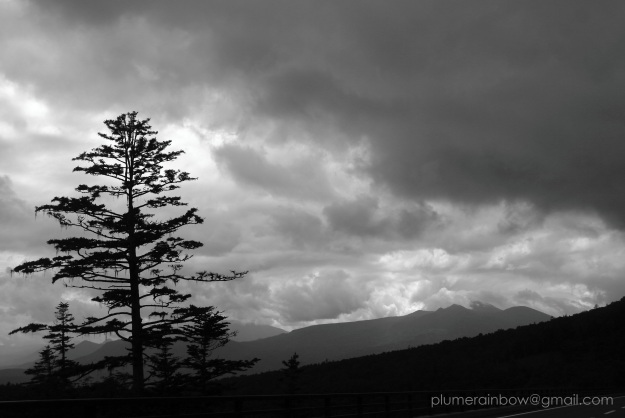
Took a 2000 yen gamble on a gondola then a ski lift… just to be thoroughly drenched in the rain. Zero luck in even catching a glimpse of Mount Asahi, the tallest peak of Hokkaido. We kidded ourselves that the misty rainy weather is just another side of the many beautiful rugged faces of Hokkaido.
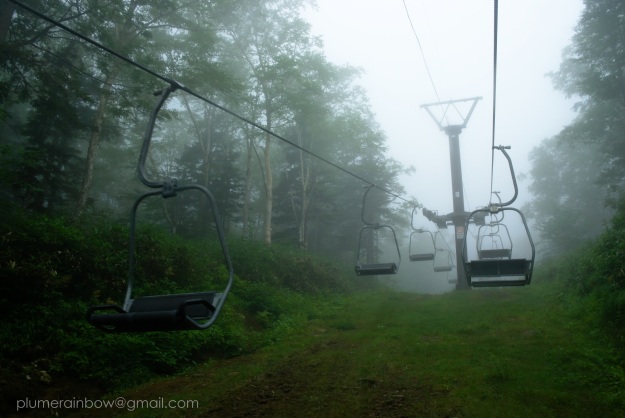
Mostly empty chairs amidst the rain and mist.
Left the mountainous national park and drove into Asahikawa in the late afternoon. And for the first time today, the sun broke triumphantly through the pregnant clouds!
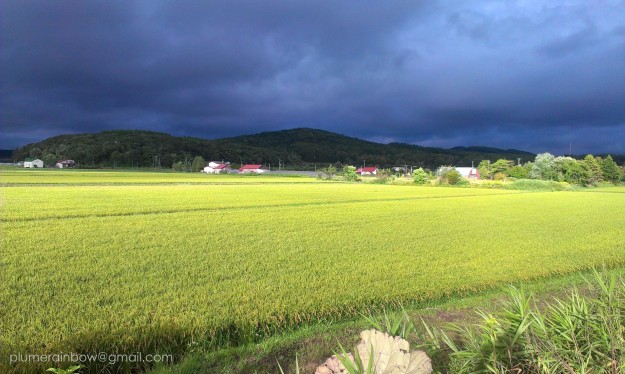
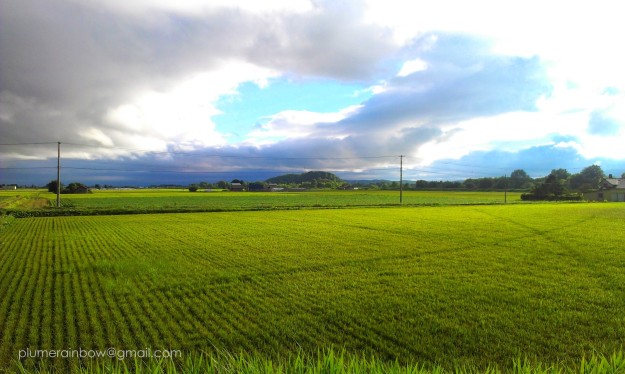
The sight was resplendent. What a fitting end to a road trip.

Guess what the arrows are for? On route 39 in the direction of Asahikawa.
Returned the car in Asahikawa. I hopped on to the train to Sapporo, drinking in the glorious sunset and the low hanging clouds meeting the mountainous landscape, feeling a bit wistful that my very short holiday is coming to an end.
I finally understood all the fuss about Hokkaido. It’s official. I love Hokkaido.
